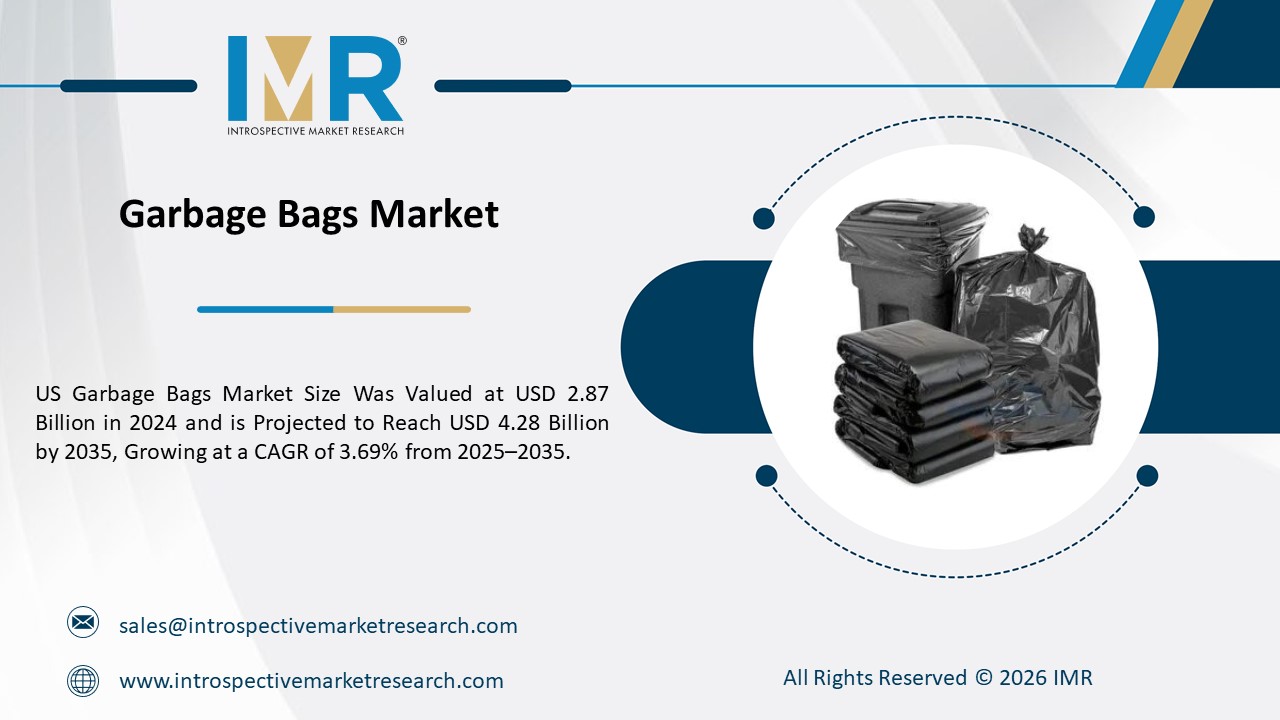
According to a new report published by Introspective Market Research, titled, ?Cloud Data Warehouse Market Type, Deployment Model, Organization Size, Application, and End-user: Global Opportunity Analysis and Industry Forecast, 2024?2032,? the Global Cloud Data Warehouse market size was valued at USD 7.03 Billion in 2023, and is projected to reach USD 47.67 Billion by 2032, registering a CAGR of 23.7% from 2024 to 2032. A data warehouse in the Cloud is provided to users through cloud computing services, eliminating the need for organizations to purchase costly hardware, software, and maintenance for running data warehouses on-site. Instead of that, they have the option of utilizing cloud services to store and control their data with a pay-as-you-go model.
Cloud data warehouses offer the ability to increase storage and computing capabilities to accommodate data size and business expansion. They cut expenses by getting rid of in-house infrastructure and adopting pay-as-you-go pricing. By implementing encryption and access controls, data security is maintained to allow for advanced analysis using machine learning and AI. By allowing for instant data analysis, they bring together data sources to improve accuracy and gain better insights.
Data analytics is essential for businesses to make informed decisions in the data-driven environment of today. Business intelligence and data analytics are essential for making strategic choices that lead to expansion and increased profits. Cloud data warehouses handle extensive data volumes generated by sources such as social media and customer interactions. Real-time analysis on cloud storage facilities guarantees competitiveness, rapid data handling, collaboration, data precision, and integration. They also facilitate sophisticated analytics such as machine learning and AI, predicting trends, enhancing operations, developing new applications, and offering scalable, adaptable, and cost-efficient solutions without the need for physical infrastructure.
Cloud data warehouses provide ready-to-use templates and automation, minimizing the reliance on large amounts of hardware. They offer a cost-efficient alternative to on-premises options and bill according to the resources used. Users can effortlessly adjust resources to increase or decrease performance levels. Furthermore, cloud data warehouses ensure high levels of security through encryption and access controls, thwarting unauthorized access to data.
Global Cloud Data Warehouse Market, Segmentation
The Cloud Data Warehouse market is segmented based on Type, Deployment Model, Organization Size, Application, and End-user.
Deployment Model:
Public cloud providers give businesses the option to purchase computing resources and storage as required, removing the need for expensive hardware investments. They also offer expandable options for data storage, enabling companies to manage substantial amounts of data and future expansion without needing to upgrade their infrastructure.
Public cloud providers assist businesses in accessing and managing data worldwide, improving storage capacities to foster market expansion. They improve data security by incorporating advanced features and certifications, assisting with risk management and compliance efforts. Flexible options for how data warehouses are implemented and used allow companies to effectively utilize cloud resources in response to market needs.
End-user:
Healthcare and life sciences employ cloud data warehouses to handle extensive patient data, clinical trials, and research. Their main focus is on data security and adhering to regulations, using state-of-the-art security protocols in cloud storage facilities to ensure secure storage and sharing.
In healthcare, cloud data warehouses provide analysis of patient data, treatment information, and financial decisions. They are affordable, getting rid of initial hardware expenses and allowing for investment in patient care.
Region:
There is a growing trend of digital transformation in Asia Pacific, especially in sectors such as healthcare, manufacturing, retail, and finance. Cloud data warehousing is essential for creating fresh concepts and remaining competitive. Different industries in the area, such as healthcare and finance, need to store and analyze large volumes of data effectively. Improved internet connectivity, available cloud infrastructure, and government backing for digital transformation are driving the uptake of cloud computing in Asia Pacific. Investments in digital infrastructure are driving the growth of cloud computing and data warehousing solutions in the region.
Some of The Active Market Players Are-
- AWS (US)
- IBM (US)
- Microsoft (US)
- Google (US)
- Oracle (US)
- SAP (Germany)
- Snowflake (US)
- Micro Focus (UK)
- Marlogic (US)
- Netavis Software (Austria)
- Solver (US)
- Accur8 Software (US)
- AtScale (US)
- Panoply (US)
- Teradata (US), and Other Active Players.
Key Industry Developments
- July 2023: Amazon Web Services introduced the next generation of cloud-native Db2 Warehouse. This is a game-changer for organizations looking to optimize costs, improve performance, share data responsibly, and unlock the full potential of their data for analytics and AI.
- February 2023: Snowflake launched the Telecom Data Cloud, an industry-specific version of its platform tailored for telecommunications companies. The primary advantage of such industry-specific versions of platforms is that they eliminate many of the tasks data engineers must perform to optimize a general-purpose platform for their specific organization.
Key Findings of the Study
- BI and data analytics fuel the Cloud Data Warehouse Market, helping organizations use data for decisions and gain a competitive edge.
- Businesses can gain competitive advantages with cloud data warehouses, leveraging scalability, flexibility, cost efficiency, performance, data integration, and security benefits.
- During the forecast period, the public cloud segment is projected to lead the Cloud Data Warehouse Market, offering cost-efficiency, scalability, flexibility, security, democratization of technology, and global accessibility, driving business adoption.
- The Asia Pacific region will lead the Cloud Data Warehouse Market due to a growing population, digital transformation, increased cloud computing adoption, data-intensive industries, and improved infrastructure, driving demand for cloud data warehousing solutions.





